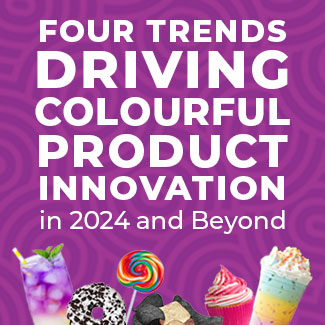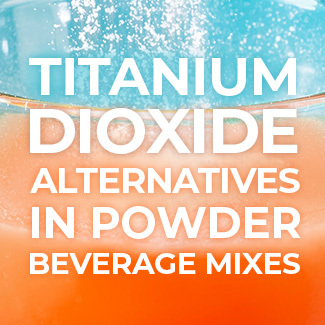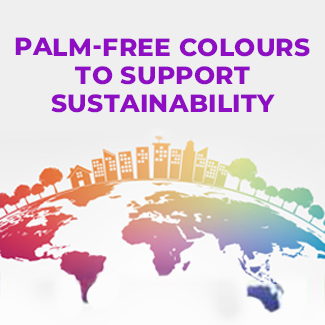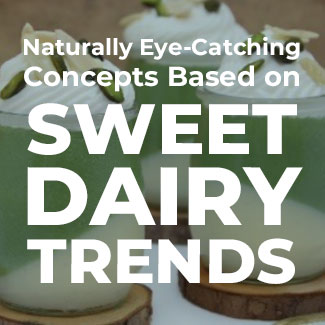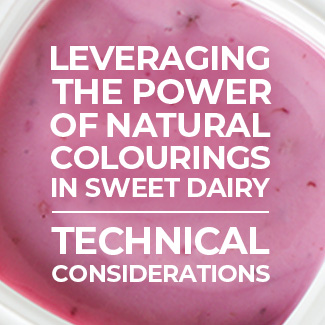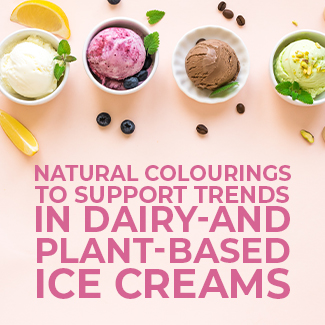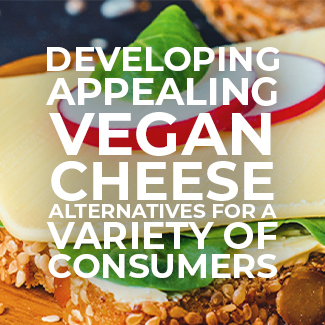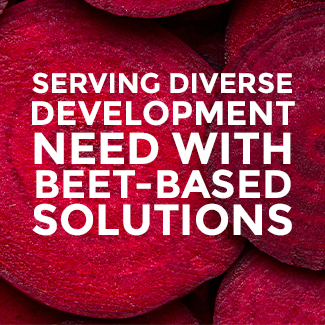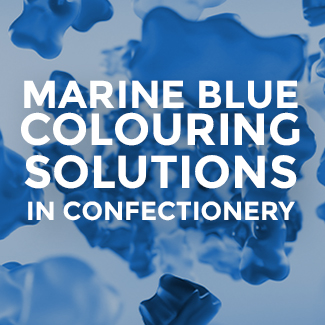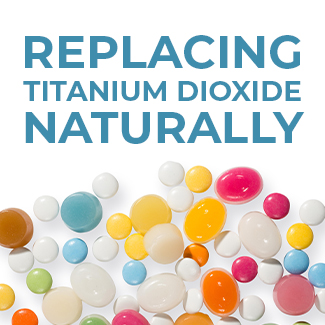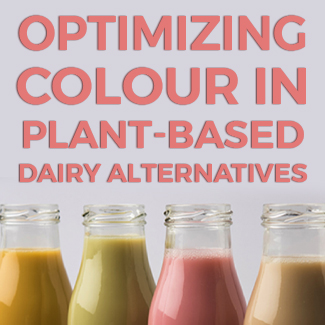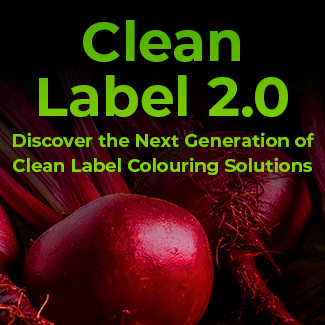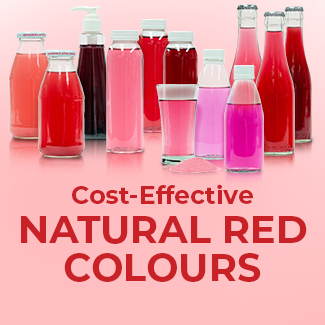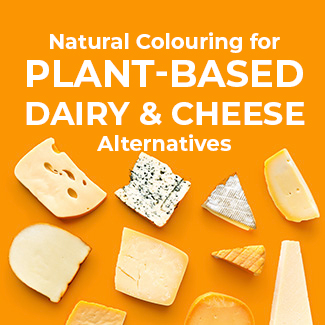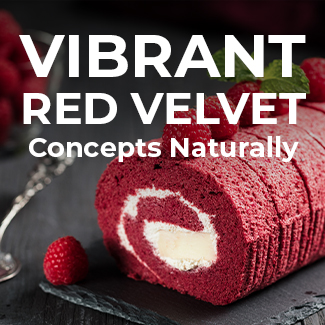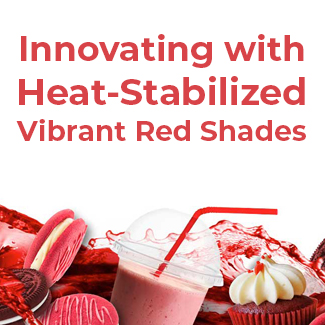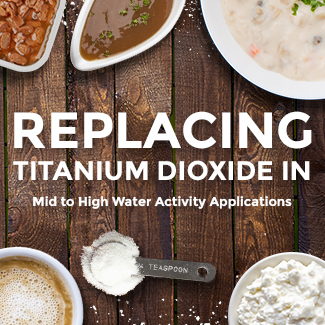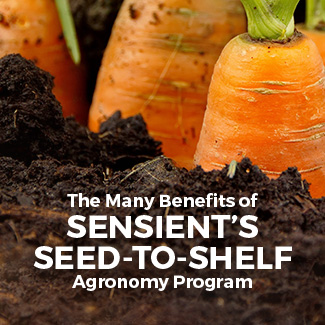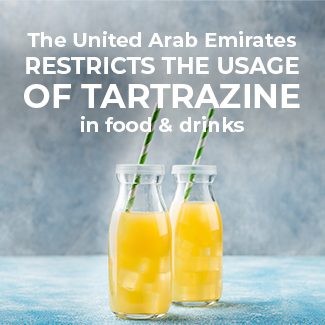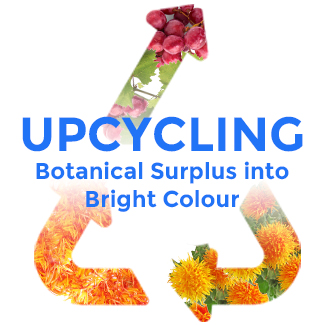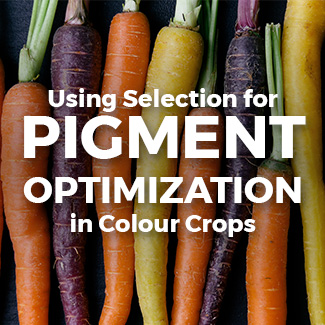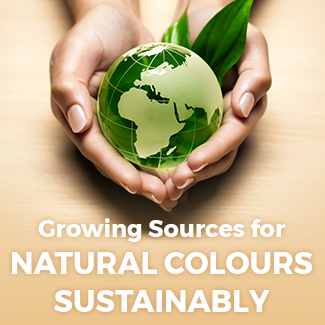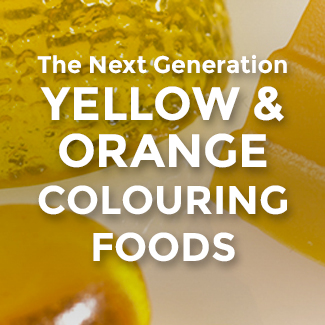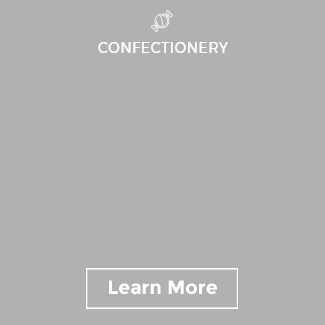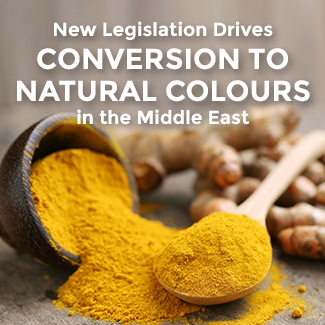Naturally Vibrant Colour Shades in Powder Applications
Finding the Right Natural Solution
Consumers across the globe consistently increase their focus upon the ingredient lists of the food and beverage products that they purchase. Consequently, globally manufacturers are developing and launching products utilizing colouring solutions that are more natural than their respective predecessors are. Global new product launch data confirms that brands are recognizing the importance of using simpler and cleaner ingredients, including natural colours and colouring foods:
Natural Colour Usage in Food and Drink Launches by Region
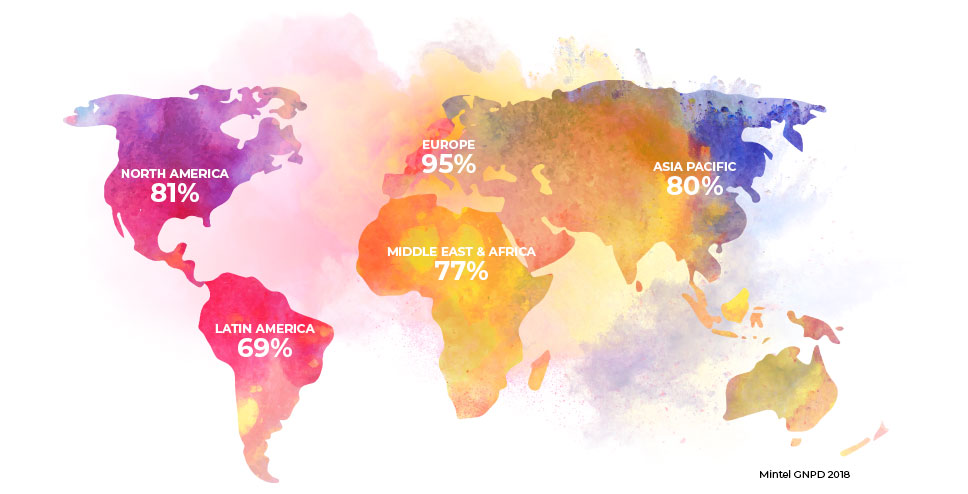
Powdered beverages is a relevant category in many developing markets and is characterized by its intense and vibrant colour shades that consumers have come to expect and love. When formulating with natural colours or colouring foods, product developers have to balance multiple objectives to obtain their ideal natural colouring solution in powder drink mixes:
- ✓Desired shade of the powder application, as well as the final product
- ✓Solubility and colour appearance of the powder application
- ✓Solubility and Visibility
- ✓Global Regulatory Compliance
- ✓Cost-in-Use
Desired Shade
Achieving the desired shade is clearly the key objective formulating with colouring solutions. Depending on the focus within the other parameters, such as solubility and visibility, regulatory compliance, or cost-in-use, potential colouring alternatives can be discussed, as there are, fortunately, a variety of options for natural sources. Here is a glimpse at some on the market today:
Reds
Anthocyanins or Beetroot
Alternative to Allura Red

Oranges
Blends of natural red and yellow colouring solutions
Alternative to Allura Red combined with Sunset Yellow or Tartrazine

Yellows
Turmeric or Carthamus
Alternative to Tartrazine

Purples & Blues
Spirulina or blends of natural colouring solutions incl. Spirulina
Alternative to Allura Red combined with Brilliant Blue

Green
Algae-based solutions or natural blends of plant- and algae-based solutions
Alternative to synthetic green blends

Solubility and Colour Appearance
In many cases, the appearance of the dry powder in beverage drink mixes is critical, because consumers judge any given product with their eyes first. Beverage powder colours have an effect upon flavour expectation, and are considered more appealing flavours when they are brightly coloured in orange, red, or purple, etc. However, standard natural colours do not possess plating characteristics in their powder forms. For example, a colouring solution from standard beetroot would not mix homogenously with the powder application due to its particle size and the coloured powder would look like a salt and pepper mix.
A plating-grade natural colour that simulates a synthetic lake is an ideal solution for dry drink mixes, like Sensient’s Microfine™. Plating characteristics are critical if you want an evenly spread colour visible in the powder. They also provide quick solubility after the powdered beverage has been hydrated. In contrast to this, if the appearance of the colour in the powder mix is not much of a concern, a standard natural colour powder would be acceptable to use under those circumstances.
Example of the plating characteristics of Sensient’s Microfine™:

Global Regulatory Compliance
A multitude of different bodies and organizations oversee food regulations today. Different philosophies and regulations are in play depending on the region, and global food manufacturers will need to navigate the diverse regulations on colour source compliances that vary by location. It may be a true challenge, if not impossible at times, to have a single global colour solution. R&D teams may need to plan for multiple options to address a variety of countries and markets with their powder beverage mix.
Cost-in-Use
As public interest in ingredient declaration for food and beverage products grows, brand marketers are looking to their R&D Directors for colours with clean label implication that keeps their products relevant to consumers at cost-in-use targets that maintain acceptable price levels. There is a direct relationship between colour and cost-in-use in powder beverage mixes.
Depending on regional consumer preferences, colour visibility may be desired in the dry powder, the finished beverage, or in both. If the powder needs to be naturally coloured, then you might need the technology of an excellent plating grade natural solution such as the Microfine™ where cost-in-use would typically be increased. In contrast, if the colour is only required in the finished beverage, a natural colour powder would suffice and cost would be standard for that of colours from natural sources.
Cost-in-use will also vary depending on desired shade intensity. The more intense the desired colour shade is, the higher the colour pigment level or the colour dosage rate will have to be. This most often goes in line with an increasing cost-in-use.
“Creating naturally vibrant colour shades in powder applications via natural colouring solutions can be a challenge, but is possible with Sensient’s Microfine™ range.”
The experts at Sensient love to talk about colour formulations, so if you have a project or just want to talk through some strategies and options, feel free to reach out by setting up a consultation.




